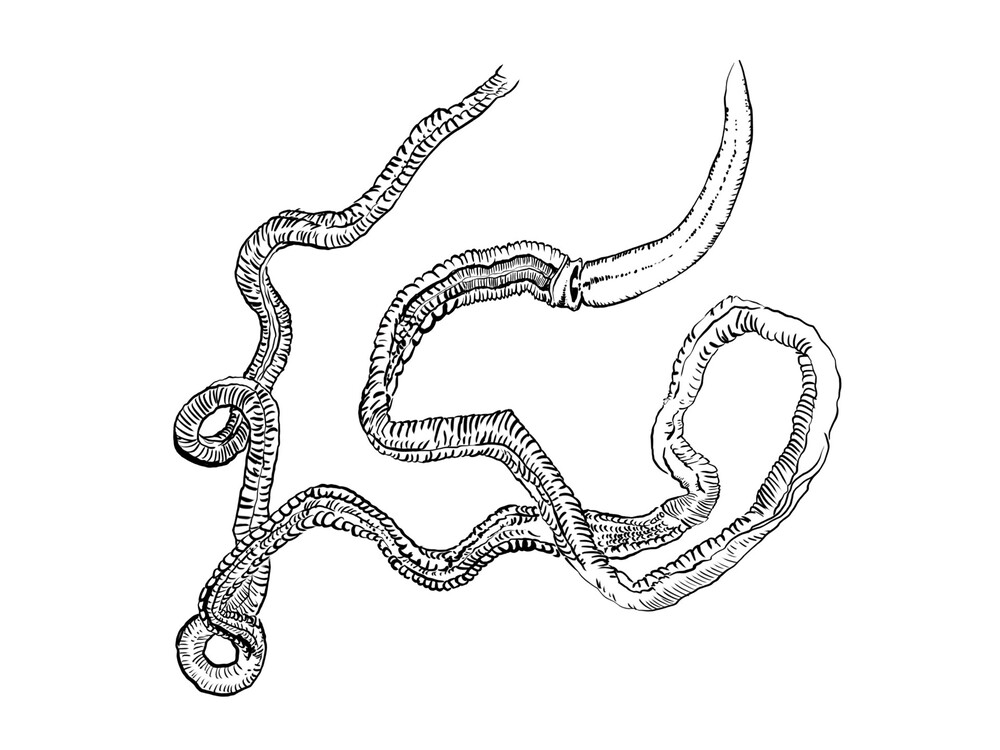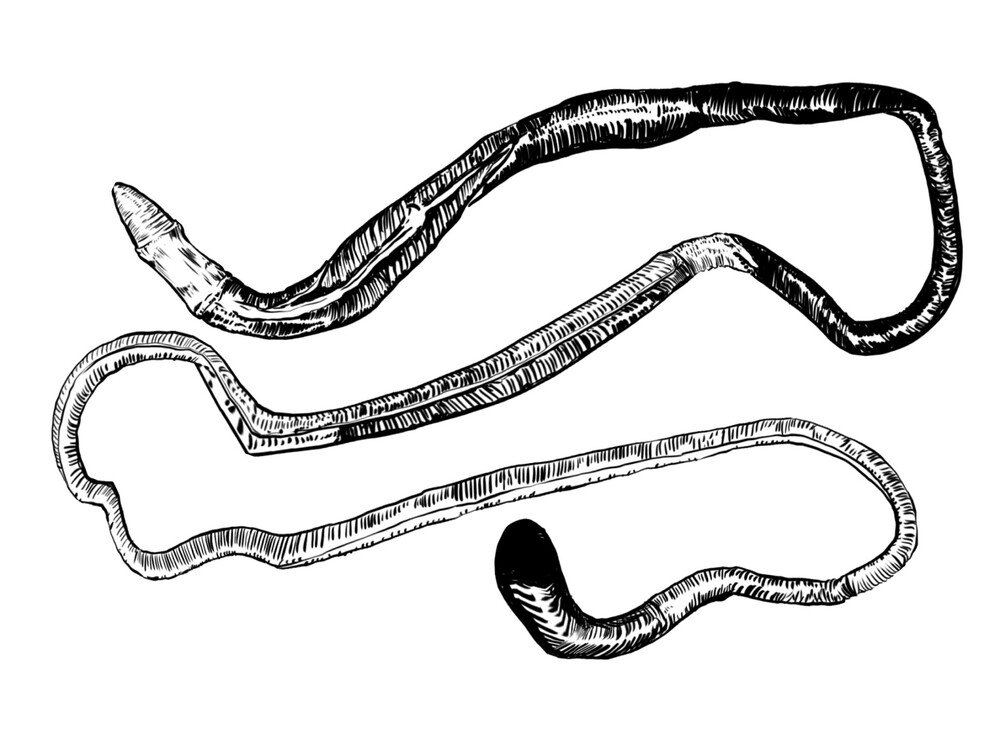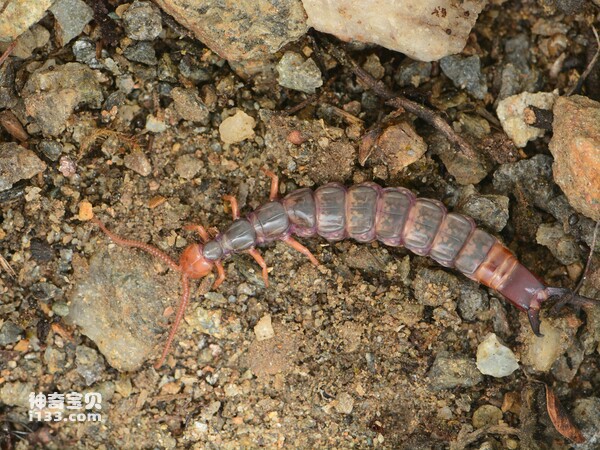
Membracidae
thorn bugs,Treehoppers,Tree lice, stinging lice, stinging insects
Membracidae are members of the family Membracidae, in the order Homoptera, c···

Birgus latro
Coconut Crab,Gossip crab, robber crab
Coconut crab (scientific name: Birgus latro, foreign name Coconut Crab), als···

Coccinellidae
Coccinella septempunctata,ladybirds,ladybug,Fatty, matchmaker, sister Hua, Tiandao worm, golden turtle, pearl turtle, Dr. Mai, stinky turtle
Ladybugs (scientific name: Coccinellidae, binomial name: Coccinella septempu···

spider
Webworms, flat spiders, garden spiders, octopuses, crickets, silkworms
Spiders (scientific name Araneida; Araneae, foreign name Spider) are also kn···

Paederus fuscipes
Paederus fuscipes is a small insect of the family Staphylinidae, widely dist···

Huangdao long-snouted beetle
Huangdao acornworm, hookworm, Saccoglossus hwangtauensis
Saccoglossus hwangtauensis (scientific name: Saccoglossus hwangtauensis) is ···

Qingdao Oakhead Worm
Glandiceps qingdaoensis,Qingdao rough kissing insect
Glandiceps qingdaoensis (scientific name: Glandiceps qingdaoensis), also kno···

yellow-winged acornworm
Ptychodera flava
Ptychodera flava (scientific name: Ptychodera flava) is an enterobranchial a···

fleshy acornworm
Balanoglossus carnosus
The fleshy acornworm (scientific name: Balanoglossus carnosus) is an enterob···

Brachytongue
Glossobalanus mortenseni
Glossobalanus mortenseni (scientific name: Glossobalanus mortenseni) is an e···

Acorheaded worm
Balanoglossus misakiensis, acorn worm, jade hook
Balanoglossus misakiensis (scientific name: Balanoglossus misakiensis) is an···

Multibrachial Lingula
Glossobalanus polybranchioporus
Polyglochiola was discovered by Chinese biologist Zhang Xi and others in 196···

Atlatsjapyx atlas
pa
Atlas japyx atlas (scientific name: Atlas japyx atlas) is an arthropod found···

Nautilus
Nautiloidea,Nautilidae
Nautilus refers to a family classification under the order Nautilus in the c···

Balanus
Balanus,Touch, horse teeth, oyster soup
There are more than 500 species of barnacles (scientific name: Balanus), and···

Blatta orientalis
Blatta orientalis,Oriental cockroach, Blatta orientalis
The Oriental cockroach (scientific name: Blatta orientalis) is the largest c···

Blattella germanica
Blattella germanica,German cockroach, German cockroach, Blattella germanica
German cockroach (Blattella germanica) is the most widely distributed and mo···

Periplaneta americana
Periplaneta americana,Red cockroach, ship cockroach, cockroach
The American cockroach is scientifically named Periplaneta americana, and is···

Pseudocarcinus gigas
Pseudocarcinus gigas,King crab, heavy false back crab, Australian king crab, Australian giant crab
The giant shore crab is also commonly known as the emperor crab, and should ···

Achatina fulica
Achatina fulica,Brown cloud agate snail, Chinese white jade snail
The scientific name of the white jade snail is Achatina fulica, also known a···

